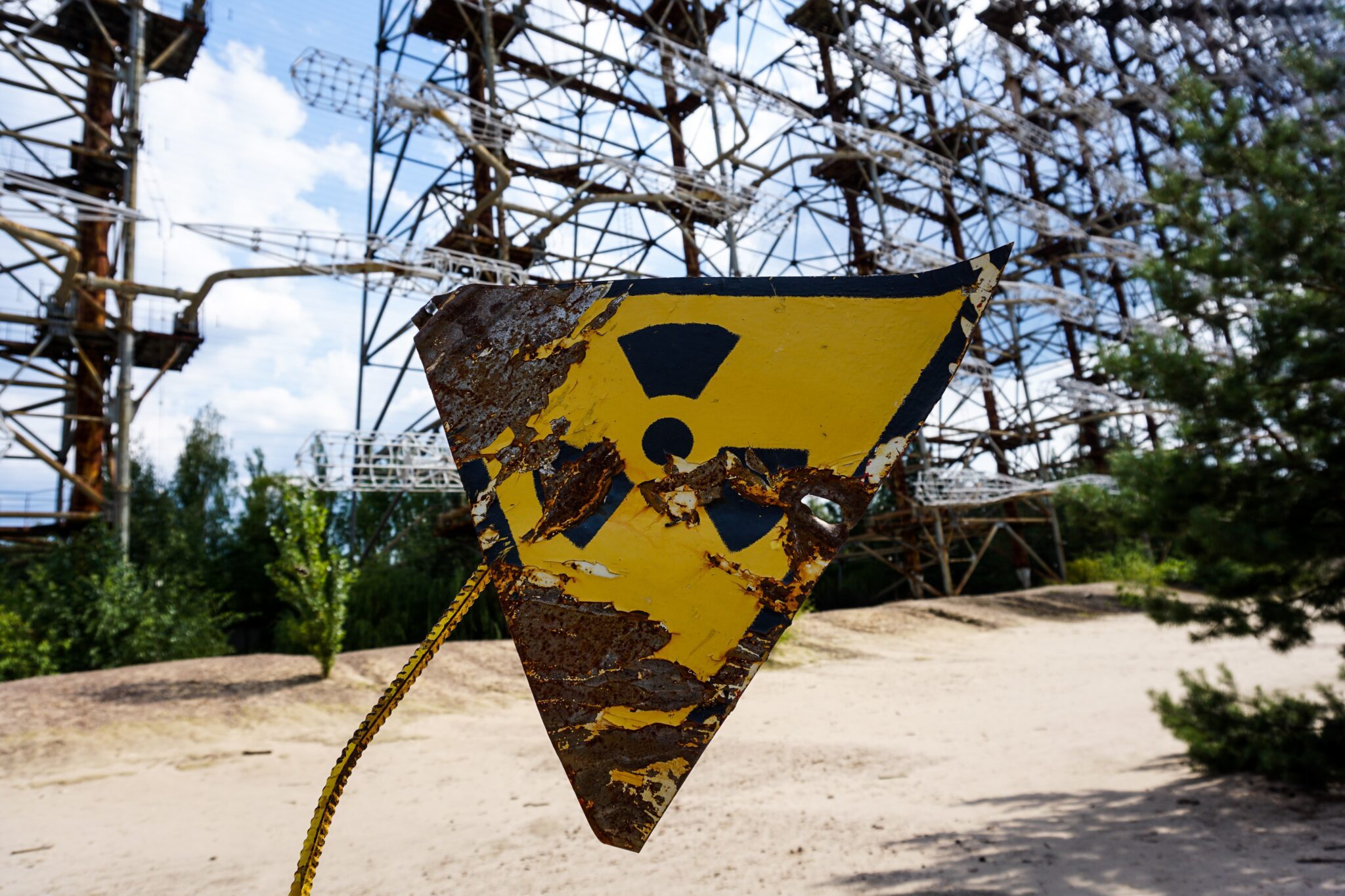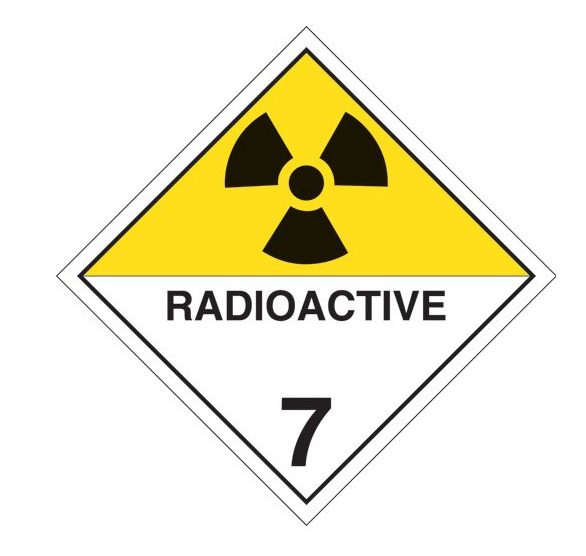
Radioactive materials, also known as Class 7 Hazardous Waste, is highly dangerous to the environment and all forms of life, making it especially important that this type of waste is managed properly. There are different levels of radioactive waste, each with its own unique set of regulations for appropriate handling, storage, transportation, and disposal.
Below, we break down the details in a guide to radioactive waste.
 Types of Class 7 Waste: Radioactive Materials
Types of Class 7 Waste: Radioactive Materials
For the most part, radioactive waste comes from nuclear power plants. According to the U.S. Energy Information Association, there are 96 operating commercial nuclear reactors at 58 nuclear power plants in 29 states.
Radioactive waste is broken down into varying levels: low-level waste, intermediate-level waste, and high-level waste. Each of these levels has differing government regulations for handling, transportation, and disposal of radioactive waste.
Low-Level Waste (LLW)
This type of radioactive waste is commonly generated by the manufacturing industry and hospitals. It’s composed of items that contain smaller amounts of short-lived radioactivity, including filters, rags, paper, tools, and so forth. LLW items are usually compacted or incinerated prior to disposal since they tend to make up the most volume but least amount of actual radioactivity. This level does not require shielding during handling or transport.
Intermediate-Level Waste (ILW)
Intermediate-level waste is more radioactive than LLW. It’s typically made up of contaminated materials such as resins, chemical sludge or metal fuel byproducts. The heat generated by ILW isn’t impactful enough to be considered in the design of storage or disposal systems, but does require some shielding during handling or transport.
High-Level Waste (HLW)
High-level waste is extremely radioactive and requires both cooling and shielding to prevent damage during handling and transport, as it’s known to increase in temperature as it decays. HLW accounts for approximately 95% of the total radioactivity of produced waste. This type of radioactive material has both long-lived components and short-lived components, so it’s imperative to separate these when managing and disposing of HLW.
Contact the Experts at MLI Environmental
There aren’t many companies equipped to properly handle this dangerous waste. As you research your options for a hazardous waste management team, keep in mind the importance of handling this specific type of waste stream. At MLI Environmental, we have the experience to dispose of naturally occurring radioactive material and low-level radioactive materials. To learn more, please contact us today.

 Types of Class 7 Waste: Radioactive Materials
Types of Class 7 Waste: Radioactive Materials